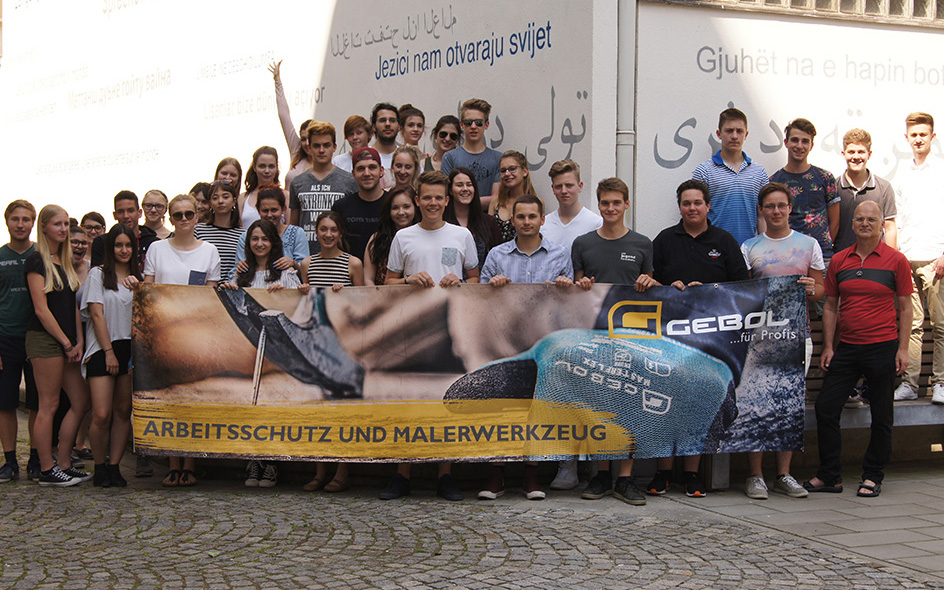Das neue pädagogische Konzept – Englisch an der HTL
Mit dem Einsatz von „Content and Language Integrated Learning“ (kurz: CLIL) im Unterricht wird der Bedeutung der englischen Sprache für die Kommunikation im technischen Umfeld Rechnung getragen. Ab der 3.Klasse ist CLIL Teil des Unterrichts in fachtheoretischen, fachpraktischen und allgemeinbildenden Fächern.
Was spricht für CLIL an der HTL1 Bau und Design?
- gezielte Vorbereitung auf das Berufsleben
- vielseitigere Lehrmethoden
- erhöhte Motivation für die Fremdsprache
- schnellerer Lernfortschritt und bessere Leistungen in der Fremdsprache und im Fachgegenstand
Wie ist CLIL an der HTL 1 Bau und Design organisiert?
Die vorgesehenen 72 Unterrichtsstunden pro Jahrgang ab der 3. Klasse werden zum einen in den regulären Unterricht eingebaut, zum anderen werden auch CLIL-Project-Weeks organisiert. Im Rahmen der CLIL-Project-Week arbeiten die Schülerinnen und Schüler einer Klasse gemeinsam an einem CLIL-Project.
CLIL-Projects – Samples of good pratice
Shapes, shades and an act of rebellion – graffiti (4GA, 2017/2018)

Within this three-day CLIL session, students are going to explore the topic graffiti from various angles ranging from the beginnings of graffiti to contemporary street art. Thus looking at various graffiti styles and artists who played an important role in the way graffiti is considered in today’s society.
The CLIL project in February 2018 offered us some positive aspects. An advantage was the possibility to improve our English skills. We also created graffiti designs and photographed some at the port of Linz. So, these days were a change from the regular lessons. (Joseph Guindouri)
When the teachers talked about CLIL the first time, I thought it might be difficult. In fact, I had a lot of fun, talking a few days only in English. I noticed how I became more confident in speaking English. It was a welcoming change from the daily routine. (Julia Rammler)
For the CLIL-project we went to the „Mural Harbor“ in Linz to photograph and look at graffiti by local and international artists. Also, our teacher provided us with useful information about these artists and we learned graffiti related vocabulary. All in all, the project was a great experience. (Hannah Pömer)
CLIL-project: „Sprachen Wand“– a state of mind (5BW, 2017/2018)
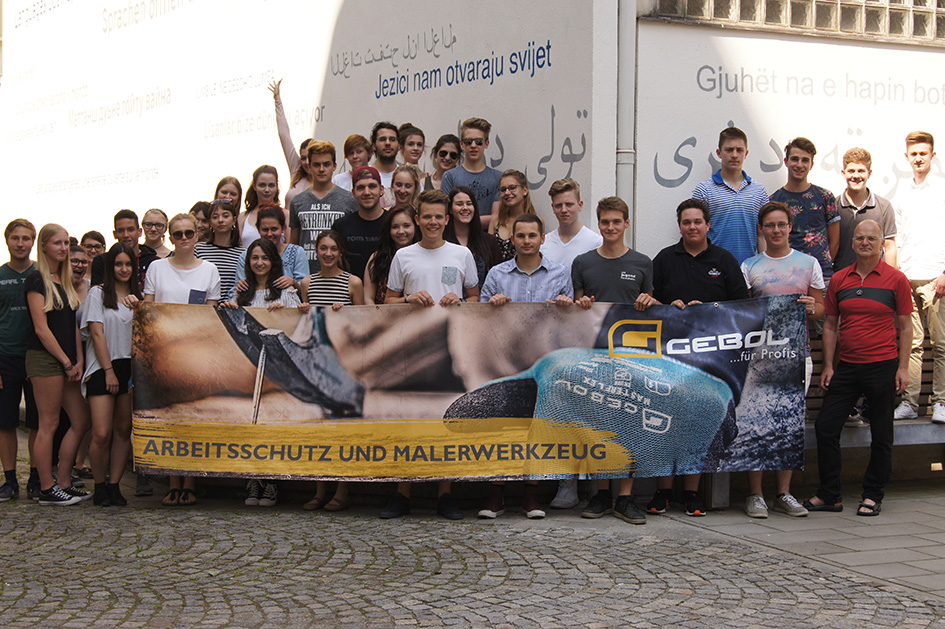
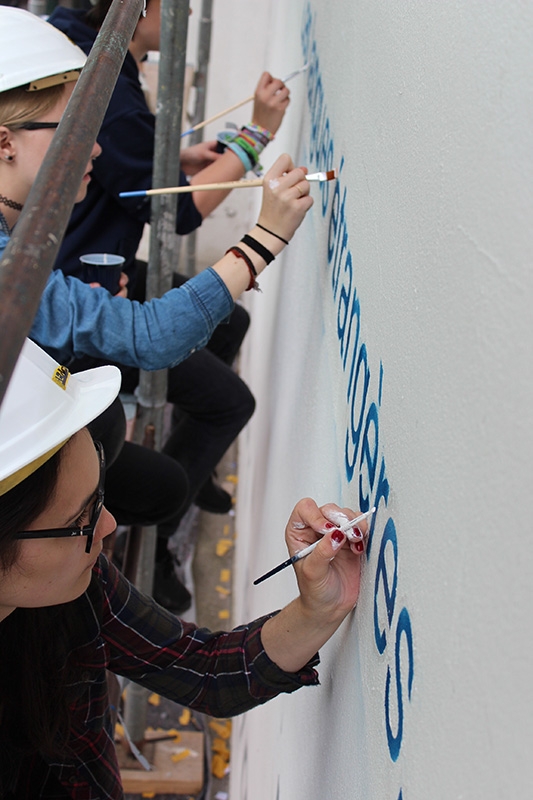
The HTL1 Bau und Design in Linz is an international institution where more than 1,700 students and about 200 teachers speak 37 different languages. The saying Languages open up the world to us was sprayed on a wall in the schoolyard in all those different languages to show the diversity at our school. Realising this project is a symbol against narrowmindedness and discrimination. As said before – it’s a state of mind. In order to realise this lighthouse project, highly motivated and ambitious teachers and students of the department for building economics and of the department for graphics and communication design worked together.
It was a great experience because the whole class worked together as a team and everybody tried to get the best result for the whole class. (Fabian Salzmann)
I loved it because it was a “real-life” project and the whole school could see what we have managed to do in just one week. (Verena Obermayr)
CLIL-project: Redesign of the schoolyard (4BW, 2017/2018)
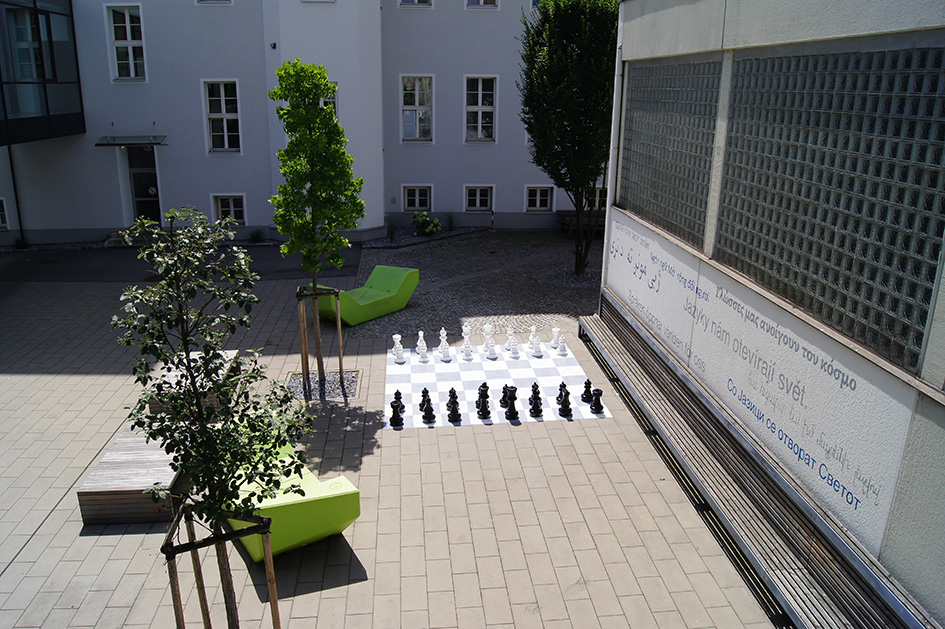
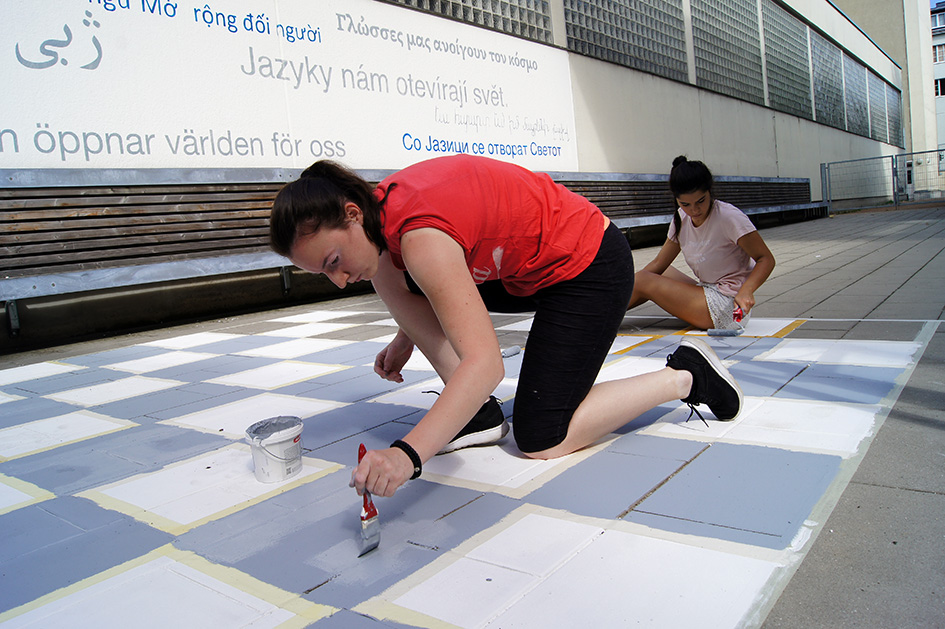
Our CLIL project was about the redesign of our schoolyard. Probably the best part about this project was that we had the chance to combine our knowledge with creativity on a real life project. That way we were able to bring our visions to reality. Our intention was to make people go outside, spend their breaks with friends and get some fresh air in order to concentrate better in the upcoming lessons. But our main goal was to bring the students from different departments together to strengthen our school community.
I really loved working on this project because we had the ability to show what we learned and especially created something for real life and not only on paper! (Lena Orthacker)
Working on our CLIL project was challenging in first place, but it turned out to be a worthwile experience. Due to the immersive language interaction we had to work close together as a team. Therefore, we improved our international business communication skills as well as our problem solving techniques. (Martin Treuer)
